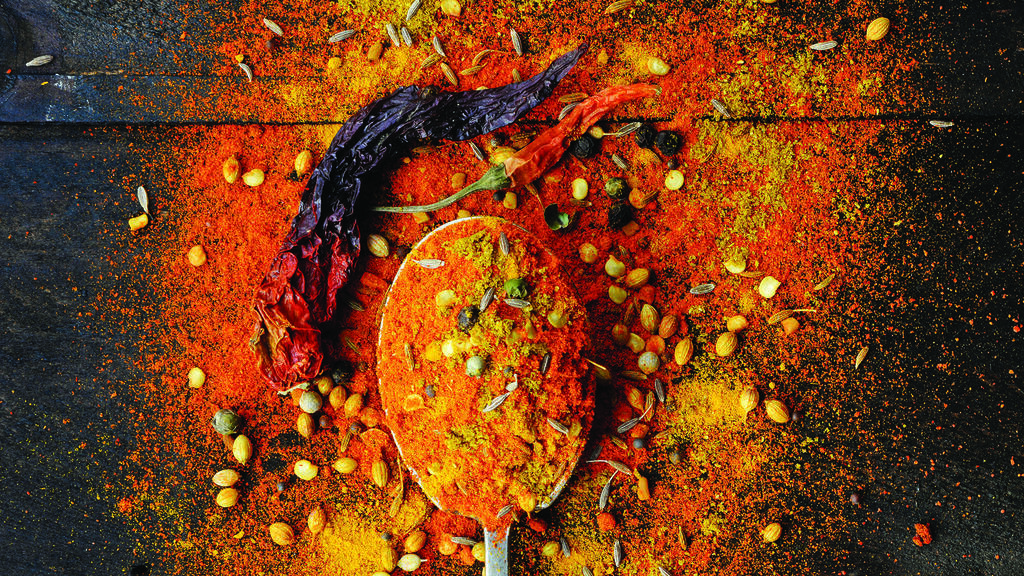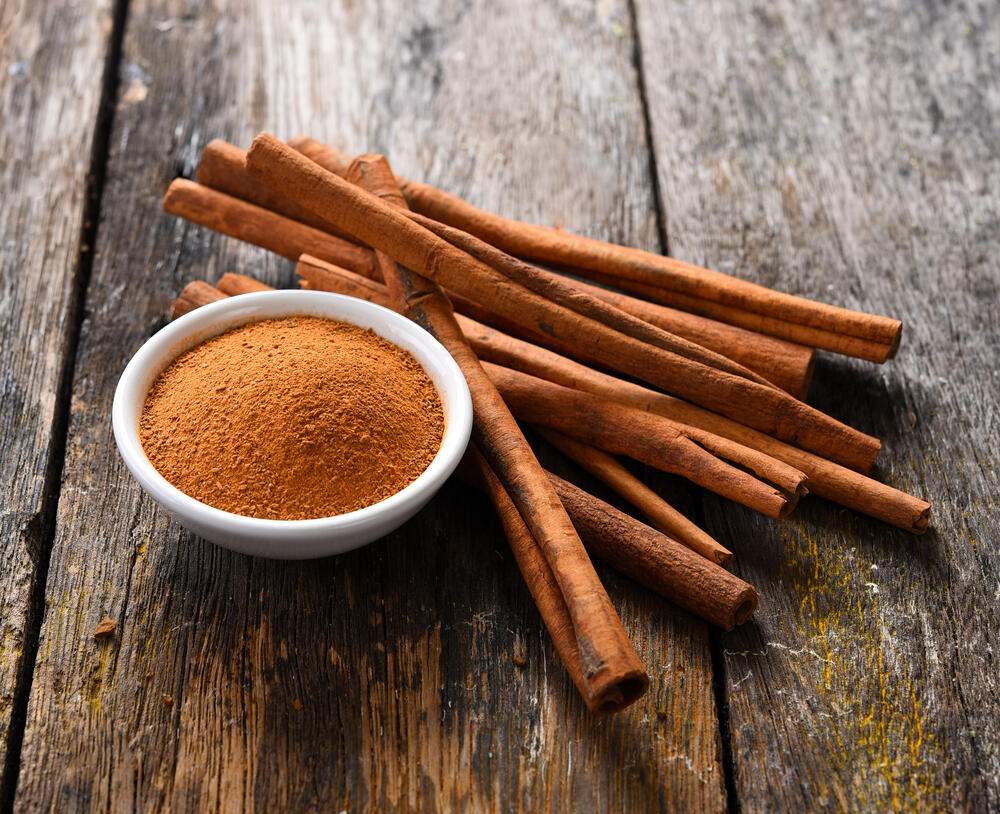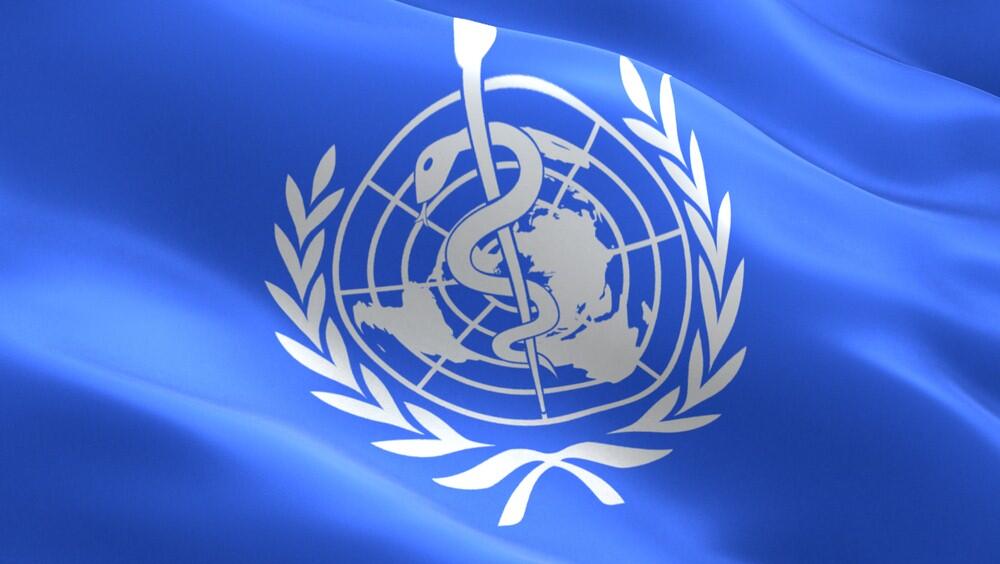Recent tests conducted by the World Health Organization and U.S. Food and Drug Administration (FDA) found that many spices are contaminated with pathogenic bacteria (disease-causing agents) such as Salmonella. Bacteria develop in spices during the production process and sometimes spread in them after packaging. Among the contaminated spices were also those we use every day: chili, paprika, cinnamon, turmeric, cumin, oregano, nutmeg, and rosemary.
More stories:
Try to imagine your kitchen without spices, except for salt. It's reasonable to assume you're struggling. Spices add flavor to our food and are considered to have proven health benefits. They contain unique nutritional fibers that enrich the Enterobacteriaceae and contribute to overall health, as well as powerful antioxidants and anti-inflammatory agents. For this reason, many try to enrich their menu with a wide variety of spices as much as possible. Beyond the health aspect, it's hard to imagine any kitchen without spices that add flavor and color to our food.
However, several recent scientific articles have emerged revealing a dark and lesser-known side of spices - contamination. The problem is that most spices are produced in third-world countries under poor sanitary conditions and reach our kitchens contaminated with agents that can cause diseases and endanger our health. According to Dr. Dan Barel, a microbiologist, and expert in infections and food safety, microbial contamination in various spices comes from irrigation with contaminated wastewater, characteristic of third-world countries.
In Israel, the health ministry occasionally publishes notices of contamination in spices. For example, in May 2022, a doctor from the Northern District, Dr. Olga Vinitsky, issued an order to close an Israeli spice factory due to poor sanitary conditions. The ministry's inspection was conducted following contamination detected in another factory producing food that the spice factory supplied with contaminated black pepper. The inspection noted that the spice factory was home to poultry, had spider webs, open spice bags, and such low hygiene conditions that the workers didn't have a sink for handwashing.
Metallic substances in baby snacks
While Salmonella contamination can cause illness and, in rare cases, even death, it is not the deadliest agent that can be found in our food. In most cases, Salmonella usually ends in diarrhea, fever, and abdominal cramps that develop within 12-72 hours after infection and can last 4-7 days. However, when the food undergoes cooking, Salmonella bacteria (and many other bacteria) are destroyed at a temperature of 72 degrees Celsius. The real problem currently troubling health authorities worldwide is the presence of metals and molds in spices.
Last December, the FDA issued a large recall following 125 cases of lead poisoning in infants and children. The FDA investigation found that applesauce packets (also sold in Israel) contained lead that came from the cinnamon added to the product. The cinnamon in the snack contained 2,000 times more lead than expected in cinnamon. Lead is particularly dangerous for children and infants as it can cause developmental delays.
Turmeric spiced with toxic yellow dye
The Lancet, considered one of the world's leading and most important scientific journals published an article named "How to Stop Lead Poisoning in Children?" in December 2023. They found that spice manufacturers wished to make the spices more colorful and appealing so they added chemicals. One example mentioned in the article is spice manufacturers in Bangladesh who wanted their turmeric to be more yellow so they added a substance called lead chromate. It was common to use it to paint house walls, but due to its high toxicity, it became solely used to paint plastic products in factories.
Green leaves of alfalfa
Two years ago, the leading American consumer newspaper, Consumer Reports, published a comprehensive investigation that included laboratory tests on spices sold in the United States. Similar to Israel and most Western countries, these spices are imported from countries like India, Morocco, Nepal, Pakistan, Bangladesh, and Georgia.
The investigation found that no less than a third of the spices contained harmful amounts of metals. Furthermore, the spices made from green leaves, such as thyme, basil, and oregano, were the most contaminated with metallic agents, likely due to the treatment they underwent to make their color green rather than gray and faded. In 31 of the tested spices, very high and troubling amounts of lead were found, to the extent that could endanger the health of an average healthy person, let alone infants, children, or sick and elderly people.
Following the investigation by Consumer Reports, the well-known Australian consumer organization Choice decided to test spices in Australia. They examined 70 different types of spices from various companies and found even more disturbing findings: all the spices tested contained traces of lead, and 86% of the spices contained arsenic, cadmium, and lead.
The World Health Organization has determined that metals such as lead, arsenic, cadmium, and mercury negatively affect human health. Lead, cadmium, and mercury accumulate in the body, and therefore even periodic exposure to them, even in small quantities, can be harmful. Exposure to high levels of lead can damage the nervous system, heart, kidneys, and blood vessels. Cadmium can impair kidney function, bones, and the respiratory system. Mercury harms the brain, kidneys, lungs, and immune system. Arsenic does not accumulate in the body but is identified by the World Health Organization as a compound that may cause the development of cancer, respiratory diseases, and skin problems.
Mycotoxins (molds) are also very common in spices. In November 2022, the health ministry's National Food Service found aflatoxins (mold toxins) in a product of hot paprika. Aflatoxins and mycotoxins were also found in tests conducted by the Ministry of Health on spices such as coarse chili, ground black pepper, and nutmeg.
"Mycotoxins are dangerous to our health because they can damage organs and tissues and promote the development of cancerous growths, such as in the liver, damage to the digestive system, and more," explains Dr. Sigal Frishman, the director of the Nutrition and Dietetics Unit at Beilinson Hospital and chief dietitian of Clalit's Hospitals Division who wrote a paper on the subject. According to her, to date, 300 types of mycotoxins have been identified, produced by 350 types of fungi. "Most mycotoxins have no taste or smell," she emphasizes, "so we don't know what mycotoxins contain and what they don't. It is known that they are produced in food products mainly in moisture and poor storage conditions, but they can also develop on the plant itself."
5 View gallery


Dr. Sigal Frishman, the director of the Nutrition and Dietetics Unit at Beilinson Hospital
(Photo: Beilinson Hospital)
How should spices be stored? Is it recommended to use the freezer?
"In principle, it is advisable to store spices in a cool and dry place, away from direct sunlight and heat sources. The containers should be airtight to prevent moisture from entering. There is no need to use the freezer."
Calculated seasoning: How to season with minimal risks?
Prefer fresh herbs
Leafy herbs like thyme, oregano, and basil were found to be the most contaminated, both with bacteria and metals. Therefore, it is highly recommended to minimize the use of dried herbs and instead use fresh ones. Another option is to dry the herbs at home.
Always go for the natural version
Even with non-leafy spices, it's advisable to try to use the natural and non-dried version of the spices. Instead of spicy paprika - use fresh hot peppers, instead of dried turmeric - fresh turmeric or ginger. Fresh roots like turmeric or ginger can be frozen and grated straight into the dish.
Go for the clean ones
Prefer spices that naturally tend not to be contaminated, such as black pepper, white pepper, and garlic powder.
Don't buy 'open' spices
The risk of contamination compared to spices sold in sealed containers and packaging is much higher. 'Open' spices can continue to be contaminated while display on spice shelves or supermarket shelves.
Season with heat
Salmonella bacteria are destroyed at a temperature of 72 degrees Celsius. Therefore, when cooking with spices - try to add them to the dish at a more advanced stage, after it has reached this temperature.
Store correctly
Contaminated spices continue to be contaminated even when stored at home, and the population of bacteria and fungi tends to thrive. Therefore, do not store spices in warm and humid places, only in a cool and dry place.
Don't hoard
Purchase small quantities. Mark an opening date on the packaging and use the spice within 6-12 months from the opening date.
Be careful with seasoning
When seasoning the food, do not do so directly over the dish because vapors may enter the spice container. Moisture in the spice container provides an ideal medium for contamination and the culture of bacteria and fungi.
Prefer organic
Although organic spices are not always a guarantee of quality and absence of metals, according to tests conducted, there is a chance that they are less contaminated. Therefore, in spices that could be contaminated, especially if they are for children, the elderly, or the sick - it is preferable to use organic spices.
Don't bring spices from the East
If you are traveling in countries like China, India, or Thailand, it is preferable not to bring spices from there. While purchasing in Western countries does not guarantee clean spices free from contaminants, there is still a chance that they have been tested and therefore contain fewer high-level pollutants.





